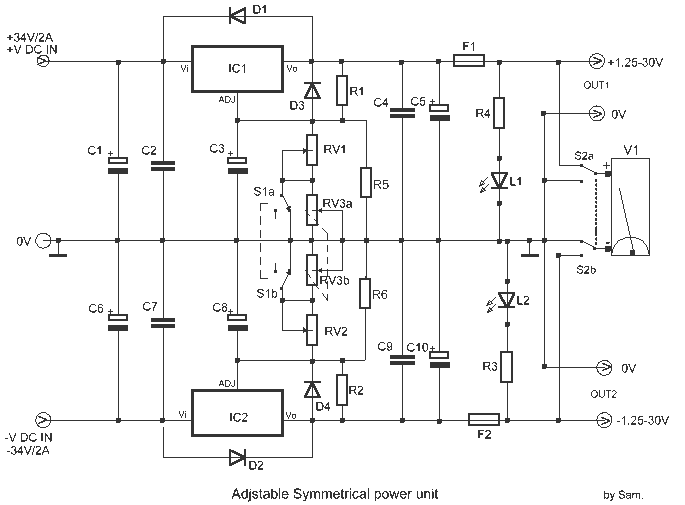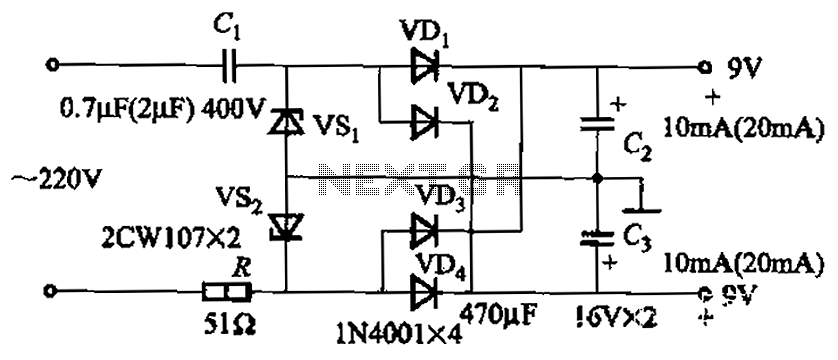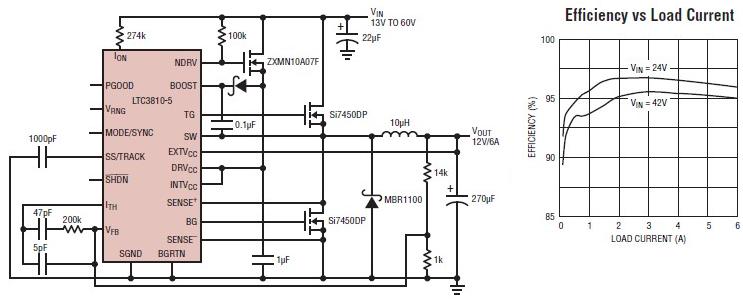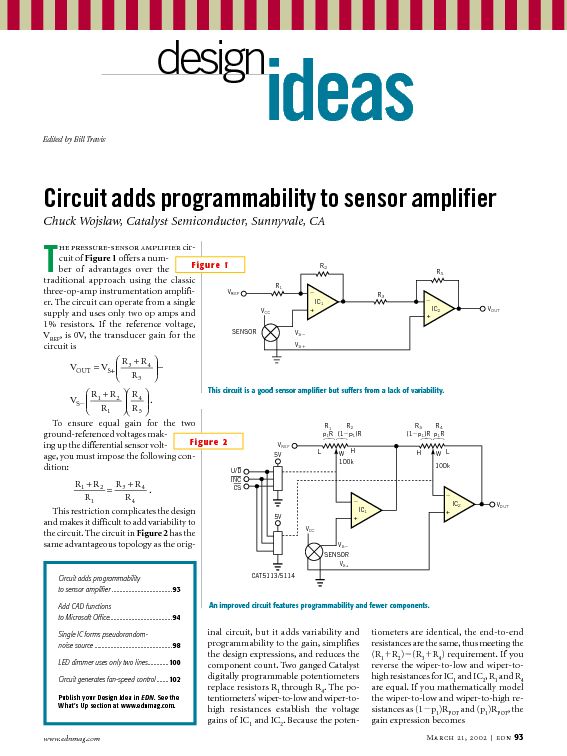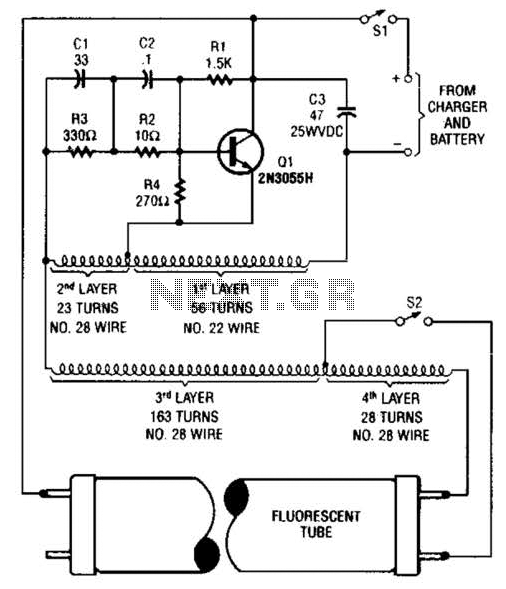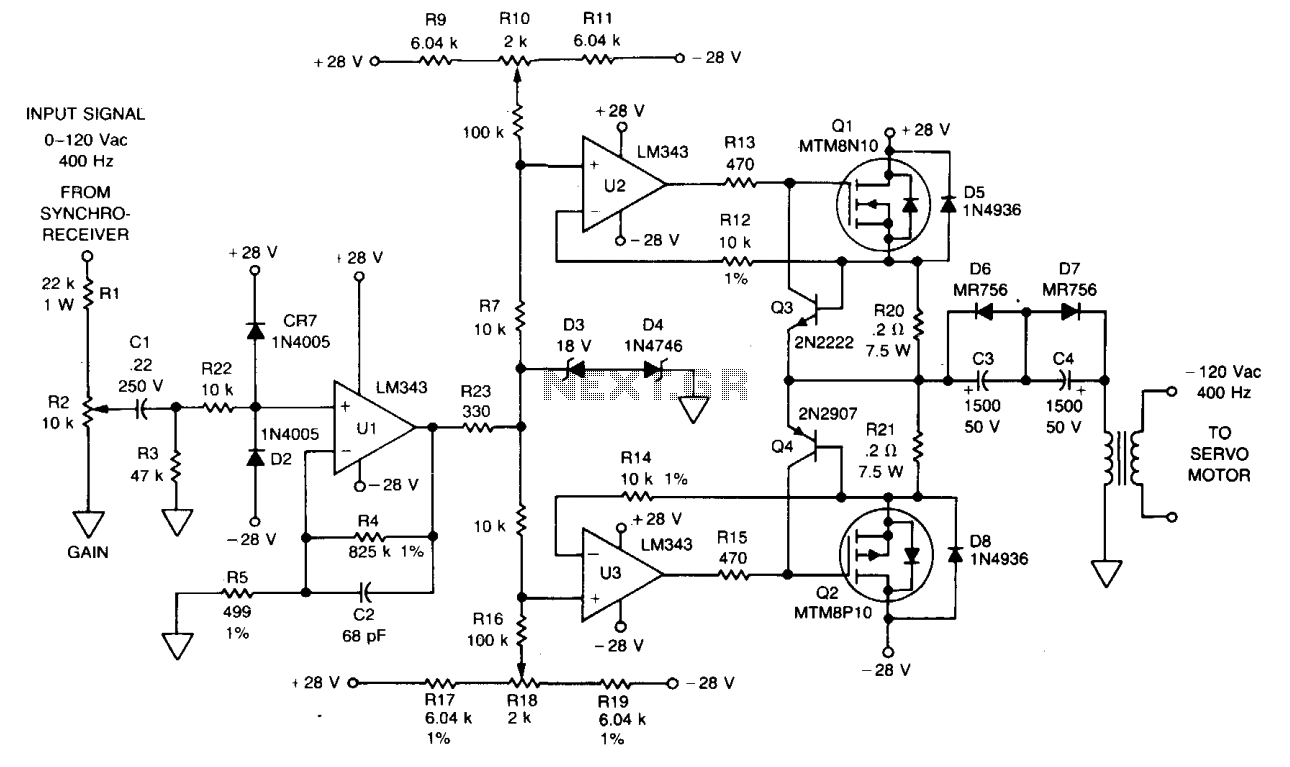
1500W Power Amplifier
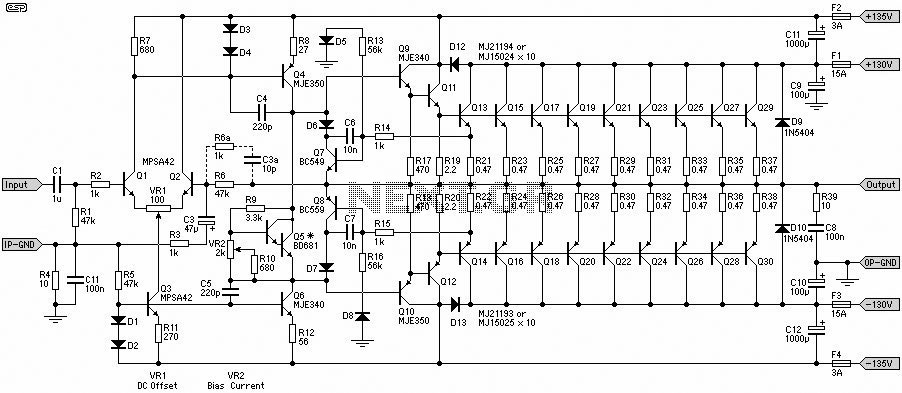
A 1500W power amplifier circuit design diagram created by Rod Elliott. The circuit utilizes 10 pairs of power transistors, specifically MJ15024 and MJ15025, or alternatively MJ21193 and MJ21194.
The 1500W power amplifier circuit is designed for high-performance audio applications, providing significant power output while maintaining fidelity. The use of 10 pairs of power transistors allows for efficient heat dissipation and enhanced current handling capabilities, which are crucial for achieving the desired output power without distortion.
The circuit typically includes a differential input stage that amplifies the input audio signal. This stage is followed by a voltage gain stage, which may utilize additional transistors for further amplification. The output stage consists of the aforementioned power transistors configured in a push-pull arrangement, ensuring that both halves of the audio waveform are amplified effectively.
To manage thermal performance, the circuit design incorporates adequate heat sinking for the power transistors. This is essential to prevent thermal runaway, which can lead to component failure. Biasing circuits are also included to maintain the transistors in their optimal operating range, ensuring linear amplification and minimizing crossover distortion.
Feedback mechanisms are often employed in the design to stabilize gain and improve linearity. Capacitors and resistors are strategically placed throughout the circuit to filter noise and stabilize the power supply, which is critical for high-power applications.
Overall, this power amplifier circuit is suitable for driving large speakers or subwoofers in professional audio systems, providing the necessary power and clarity for high-volume sound reproduction. Proper design considerations, such as layout and component selection, are vital for achieving the best performance and reliability.1500W power amplifier circuit design diagram by Rod Elliott. The circuit is built using 10 pairs of power transistor MJ15024 and MJ15025 (or MJ21193/MJ21194) 🔗 External reference
The 1500W power amplifier circuit is designed for high-performance audio applications, providing significant power output while maintaining fidelity. The use of 10 pairs of power transistors allows for efficient heat dissipation and enhanced current handling capabilities, which are crucial for achieving the desired output power without distortion.
The circuit typically includes a differential input stage that amplifies the input audio signal. This stage is followed by a voltage gain stage, which may utilize additional transistors for further amplification. The output stage consists of the aforementioned power transistors configured in a push-pull arrangement, ensuring that both halves of the audio waveform are amplified effectively.
To manage thermal performance, the circuit design incorporates adequate heat sinking for the power transistors. This is essential to prevent thermal runaway, which can lead to component failure. Biasing circuits are also included to maintain the transistors in their optimal operating range, ensuring linear amplification and minimizing crossover distortion.
Feedback mechanisms are often employed in the design to stabilize gain and improve linearity. Capacitors and resistors are strategically placed throughout the circuit to filter noise and stabilize the power supply, which is critical for high-power applications.
Overall, this power amplifier circuit is suitable for driving large speakers or subwoofers in professional audio systems, providing the necessary power and clarity for high-volume sound reproduction. Proper design considerations, such as layout and component selection, are vital for achieving the best performance and reliability.1500W power amplifier circuit design diagram by Rod Elliott. The circuit is built using 10 pairs of power transistor MJ15024 and MJ15025 (or MJ21193/MJ21194) 🔗 External reference
